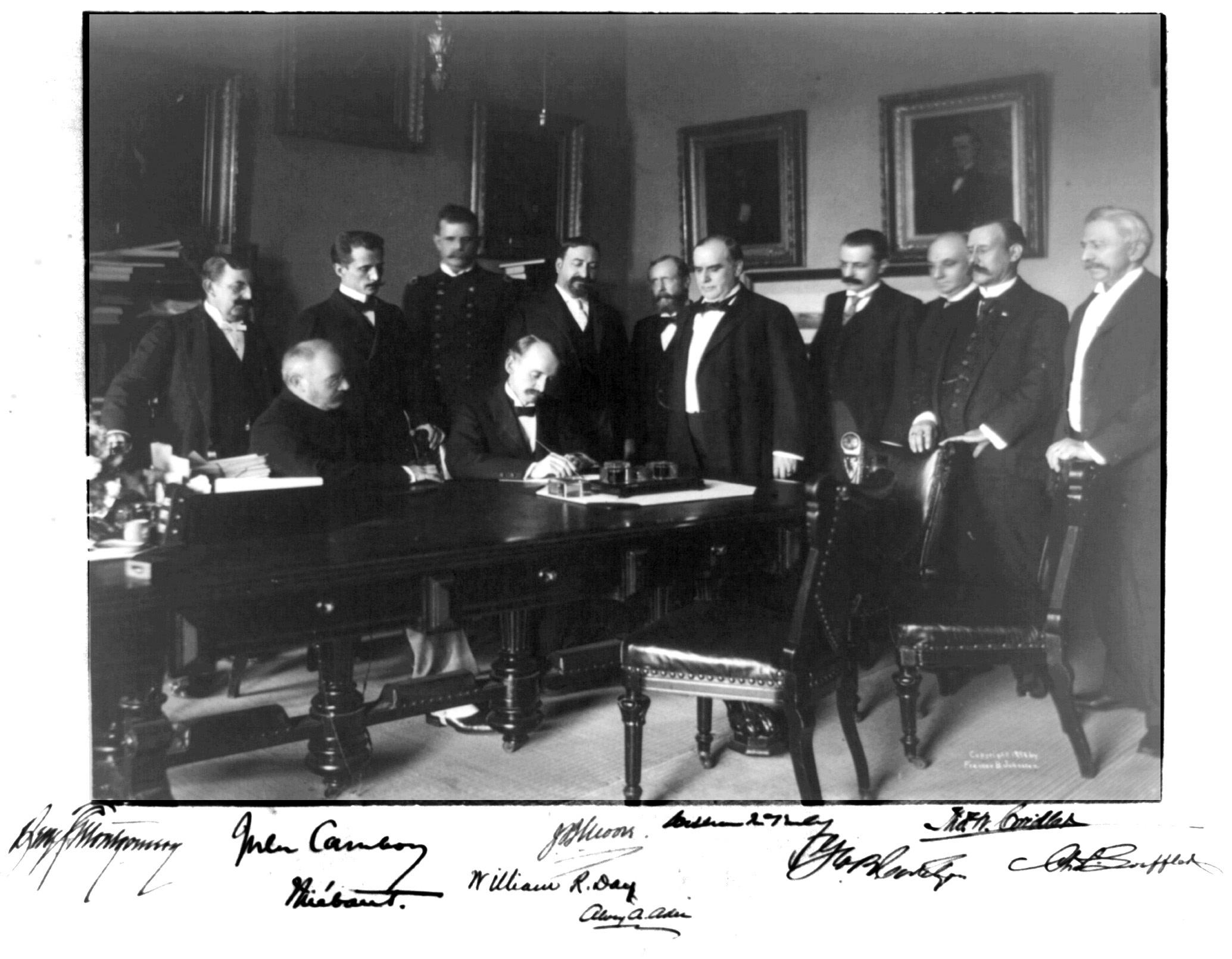XI
THE TEACHING OF THE FILIPINO LANGUAGE TO FRENCH NATIONALS by Elisabeth Luquin Head of the Filipino Section CASE67 (Center for Southeast-Asian Studies; CNRS-EHESS-INALCO) INALCO68 (National Institute for Oriental Languages and Cultures)
Anthropologists know how important it is to use one’s own language
as languages are the key for mutual understanding. The Philippines chose one of its 175 Austronesian69 languages as its national language; due to the number of vernacular languages, the process was not easy after the two colonizations—Spanish and American. In 1965, Marina Quirolgico-Pottier created the Filipino language section at the French National Institute for Oriental Languages and Civilizations (INALCO). INALCO offers 54 Bachelor of Arts (BA) degrees in languages such as Arab, Chinese, Hindi, Japanese, and Russian. The faculty of South-East Asian and Pacific languages teaches all indigenous Southeast Asian languages such as Bahasa Indonesia, Burmese, Filipino, Khmer, Laotian, Thai and Vietnamese, south Pacific languages such as Drehu (New-Caledonia) and Tahitian, plus an initiation to local languages such as Cham (Vietnam) or Mon (Peninsular Southeast Asia). There are no other universities in Europe with a BA in Philippine Studies offering a complete curriculum, including language, literature, history, geography, economy and anthropology. The Filipino language is the core BA subject, however an introduction to Cebuano and to Ilocano—the two other main languages of the archipelago—can be taken up by the students. Let’s present the Filipino section through its students and teachers. Every year there are around twenty students. Around ten in the 1 year, four to six in the second year and two to four in the 3rd Year. The students have different purposes in studying Filipino, partly st
362
DISCOV _INT PP 050719.indd 374
5/7/19 8:55:35 PM


































